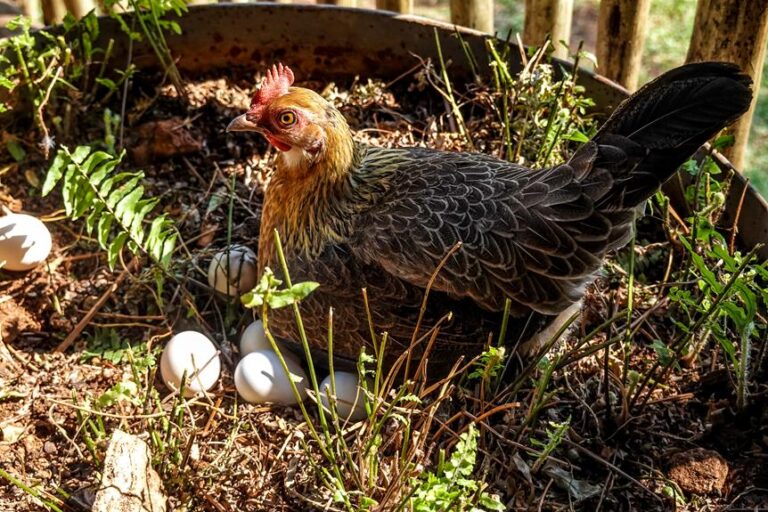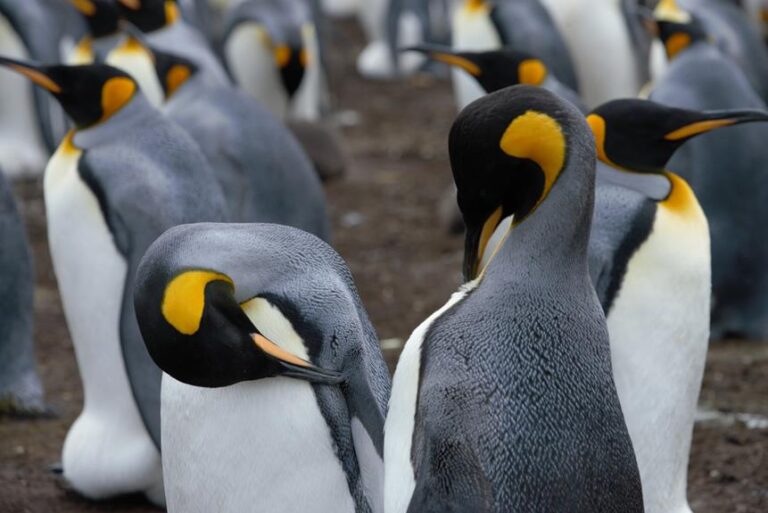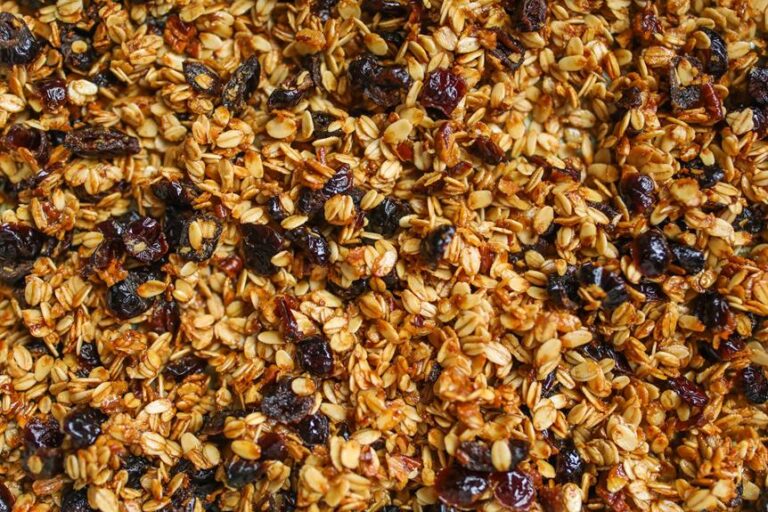Nesting is a crucial part of a bird’s life cycle, and the timing of when they cease nesting is of great interest to bird enthusiasts. Factors such as environmental conditions, food availability, predation risk, and climate change can all impact when birds stop nesting.
Additionally, different bird species have distinct nesting habits and preferences that vary depending on the season. In this article, we will explore the factors that influence when birds cease nesting, as well as the various nesting types, materials, and habits that birds use.
Contents
Key Takeaways
- Spring and summer are the prime nesting seasons for many bird species.
- Some bird species engage in late-season nesting during fall.
- A few bird species exhibit winter nesting behaviors.
- Nesting patterns vary across different seasons.
Nesting Seasons
Birds’ nesting season varies depending on the species and environmental conditions. During spring, many species start their nesting process. Summer is an active time for nesting, while some species continue nesting during fall. A few bird species also exhibit winter nesting behaviors.
Nesting patterns fluctuate according to temperature, rainfall, and other environmental factors. Birds must also take into account the availability of resources like food and nesting materials when selecting a nesting site. Climate change is another factor that can affect nesting behavior.
Different bird species build various types of nests, including cup nests, platform nests, cavity nests, and ground nests. Natural materials like twigs, grass, and leaves are used to construct the nest, although birds in urban settings may incorporate artificial materials.
Nesting preferences vary widely, with some birds reusing the same nest in successive breeding seasons. Parent birds are also deeply involved in the nesting process, providing protection and teaching the fledglings.
Factors Influencing Behavior
Environmental conditions, such as temperature and rainfall, significantly impact the timing of birds’ nesting behavior. Resources like food and nesting materials also factor in the decision-making process. Predation risk is another important consideration, as birds seek out safe locations to build their nests.
Climate change is also creating shifts in nesting patterns, as birds adjust to their changing habitats. Resources may be limited in urban environments, leading birds to incorporate artificial materials into their nests.
All these factors are taken into account when birds choose where to nest and when to begin the process. The availability of resources and environmental conditions will dictate the success of a successful nesting season. Birds carefully select sites that offer the best chance of survival for their eggs and chicks.
Parental care is also key, as birds are responsible for feeding, protecting, and teaching their fledglings. Ultimately, birds will stop nesting when the conditions are no longer suitable for successful breeding or when the resources available are too scarce.
Types of Bird Nests
Building on the factors that influence nesting behavior, birds create nests of various shapes and sizes using natural and/or artificial materials. Cup nests are the most common, constructed with a bowl-like shape and built with twigs, grass, and leaves. Platform nests are large and flat, often built on elevated surfaces. Cavity nests are built inside holes or crevices, whereas ground nests are constructed directly on the ground.
| Nest Type | Description |
|---|---|
| Cup | Bowl-like shape built with twigs, grass and leaves |
| Platform | Large and flat, built on elevated surfaces |
| Cavity | Built inside holes or crevices |
| Ground | Constructed directly on the ground |
Birds employ different nest designs to suit their habitats and lifestyles, selecting sites based on safety and accessibility to food. Nest building is an intricate process of arranging and weaving materials. Natural materials are locally available and easy to gather, while artificial materials may be used in urban settings. Nest building creates a secure and comfortable space for eggs and chicks.
Nesting Materials
Using natural and/or artificial materials, birds carefully construct their nests in order to create a secure and comfortable space for eggs and chicks. Twigs, grass, and leaves are the most commonly used materials, although birds living in urban environments may incorporate items like plastic and string. The process of nest building involves arranging and weaving these materials together.
Locally available materials are easy to gather and provide insulation and protection from the elements. Additionally, certain birds may reuse their nests from the previous breeding season or alter them to better suit their needs.
Nest building is a critical part of the nesting process, and is essential for the successful hatching of eggs and rearing of young.
Nesting Habits and Preferences
Different bird species vary in their nesting habits and preferences. Many factors into their decision-making process, such as the availability of resources, predation risk, and the changing seasons. Birds carefully select nesting sites based on safety and accessibility to food.
Some bird species alter their nesting sites between breeding seasons, while others reuse their nests in subsequent breeding seasons. Male and female birds both participate in various aspects of nesting, such as gathering materials and constructing the nest.
Parental care also includes feeding, protecting, and teaching the fledglings. Nesting preferences and habits are largely shaped by environmental factors, and birds must be aware of these fluctuations to ensure the success of their nests.
Nest Abandonment
Frequently, birds will abandon a nest when conditions become unfavorable for rearing young. Nest abandonment can be precipitated by a variety of factors, including predation risk, unfavorable weather, and lack of resources.
Birds carefully assess the environment and may abandon a nest if they perceive a threat or if the nest is no longer suitable. When abandoning a nest, birds may remove any eggs or young chicks, and if necessary, construct a new nest elsewhere.
While nest abandonment can be a necessary survival strategy, it can also result in the loss of reproductive success. Therefore, nesting birds must strike a balance between the risks of staying and the benefits of leaving.
Parental Care
Parent birds invest considerable energy in caring for their chicks during the nesting period. They feed, protect, and teach the fledglings, often relying on a combination of instinct and learned behaviors. Parental care usually continues until the young birds are capable of independent living. This can vary depending on the species but generally takes place when the chicks reach a certain age or size.
After the chicks have fledged and left the nest, the parents may stay in the area for a few more weeks to provide food and protection until the young birds are able to support themselves. During this period, the chicks may also gain important life skills, such as foraging and predator avoidance, from their parents.
Parental care is essential for the chicks’ survival and is a key factor in their successful fledging.
Conclusion
Birds are complex creatures, and their nesting behavior is influenced by a variety of factors. Seasonal changes, environmental conditions, food availability, predation risk, and climate change all play a role in when birds stop nesting.
Furthermore, different species of birds have distinct nesting habits and preferences that vary by season. By understanding the nuances of bird nesting, a greater insight can be gained into the behavior of birds.
Ultimately, further research is needed to gain a better understanding of when and why birds cease nesting.






